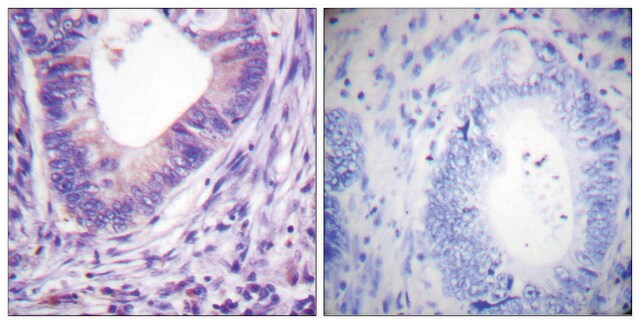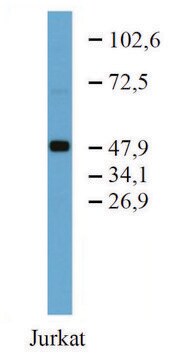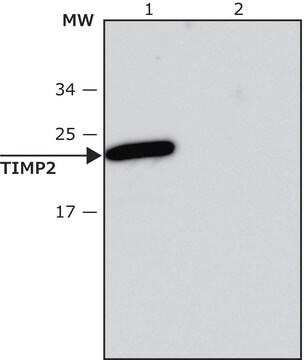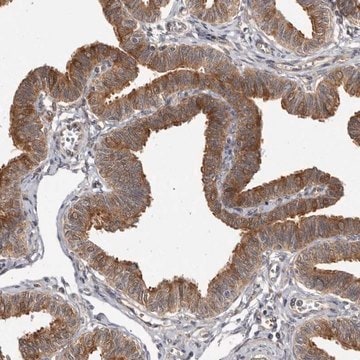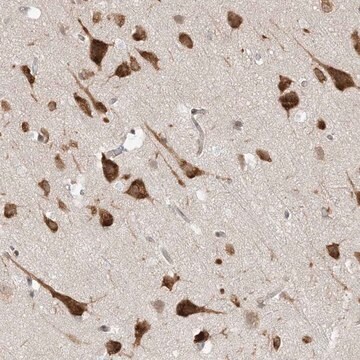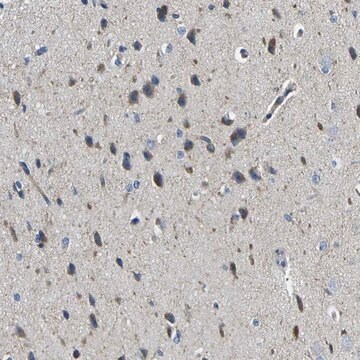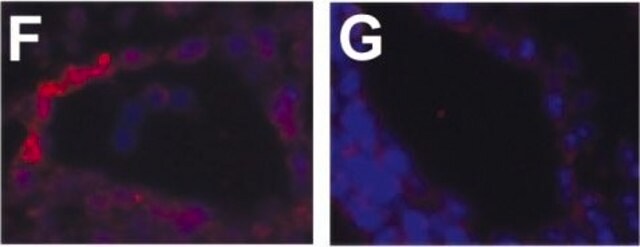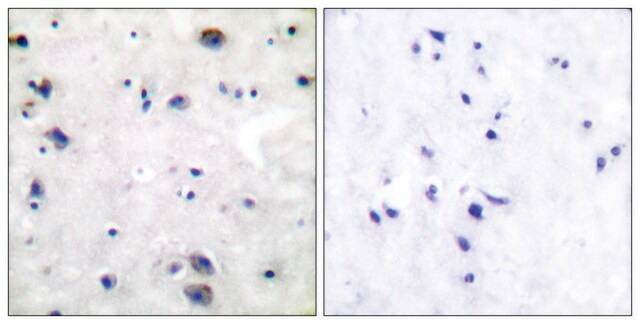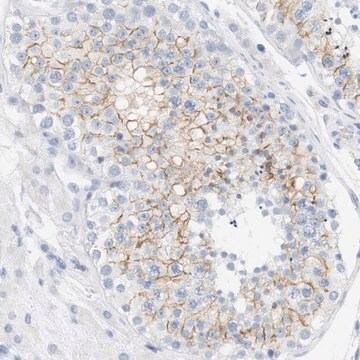추천 제품
일반 설명
EMD Millipore’s Ready-to-Assay GPCR frozen cells are designed for simple, rapid calcium assays with no requirement for intensive cell culturing. EMD Millipore has optimized the freezing conditions to provide cells with high viability and functionality post-thaw. The user simply thaws the cells and resuspends them in media, dispenses cell suspension into assay plates and, following over night recovery, assays for calcium response.
CB1 is a GPCR that is expressed primarily in brain and nervous tissue, and mediates numerous CNS responses such as analgesia, appetite, cognition, memory and locomotor activity. A number of cannabinoid ligands bind to CB1 and activate Gi/o-mediated downstream responses, including inhibition of cAMP production and activation of ion channels and MAP kinases. Such ligands include exogenous agonists such as 9-THC, the main psychoactive component of the plant Cannabis sativa, and endogenous agonists such as anandamide that belong to eicosanoid family. A number of synthetic agonists such as CP55940 and R-(+)-WIN55212, and antagonists, such as SR141716A, for CB1 have been developed (Howlett et al., 2002). CB1 agonists have clinical utility in analgesia and antiemetic properties, whereas CB1 antagonists show promise for treatment of appetite in obesity disorders. EMD Millipore’s cloned human CB1-expressing cell line is made in the Chem-1 host, which supports high levels of recombinant CB1 expression on the cell surface and contains high levels of the promiscuous G protein G15 to couple the receptor to the calcium signaling pathway. Thus, the cell line is an ideal tool for screening for agonists and antagonists of CB1.
CB1 is a GPCR that is expressed primarily in brain and nervous tissue, and mediates numerous CNS responses such as analgesia, appetite, cognition, memory and locomotor activity. A number of cannabinoid ligands bind to CB1 and activate Gi/o-mediated downstream responses, including inhibition of cAMP production and activation of ion channels and MAP kinases. Such ligands include exogenous agonists such as 9-THC, the main psychoactive component of the plant Cannabis sativa, and endogenous agonists such as anandamide that belong to eicosanoid family. A number of synthetic agonists such as CP55940 and R-(+)-WIN55212, and antagonists, such as SR141716A, for CB1 have been developed (Howlett et al., 2002). CB1 agonists have clinical utility in analgesia and antiemetic properties, whereas CB1 antagonists show promise for treatment of appetite in obesity disorders. EMD Millipore’s cloned human CB1-expressing cell line is made in the Chem-1 host, which supports high levels of recombinant CB1 expression on the cell surface and contains high levels of the promiscuous G protein G15 to couple the receptor to the calcium signaling pathway. Thus, the cell line is an ideal tool for screening for agonists and antagonists of CB1.
세포주 설명
GPCR Cell Lines
Host cells: Chem-1
생화학적/생리학적 작용
GPCR Class: A
Protein Target: CB1
Target Sub-Family: Cannabinoid
성분
Pack contains 2 vials of mycoplasma-free cells, 1 ml per vial.
Fifty (50) mL of Media Component.
Fifty (50) mL of Media Component.
Storage Class Code
10 - Combustible liquids
WGK
WGK 1
Flash Point (°F)
Not applicable
Flash Point (°C)
Not applicable
시험 성적서(COA)
제품의 로트/배치 번호를 입력하여 시험 성적서(COA)을 검색하십시오. 로트 및 배치 번호는 제품 라벨에 있는 ‘로트’ 또는 ‘배치’라는 용어 뒤에서 찾을 수 있습니다.
자사의 과학자팀은 생명 과학, 재료 과학, 화학 합성, 크로마토그래피, 분석 및 기타 많은 영역을 포함한 모든 과학 분야에 경험이 있습니다..
고객지원팀으로 연락바랍니다.